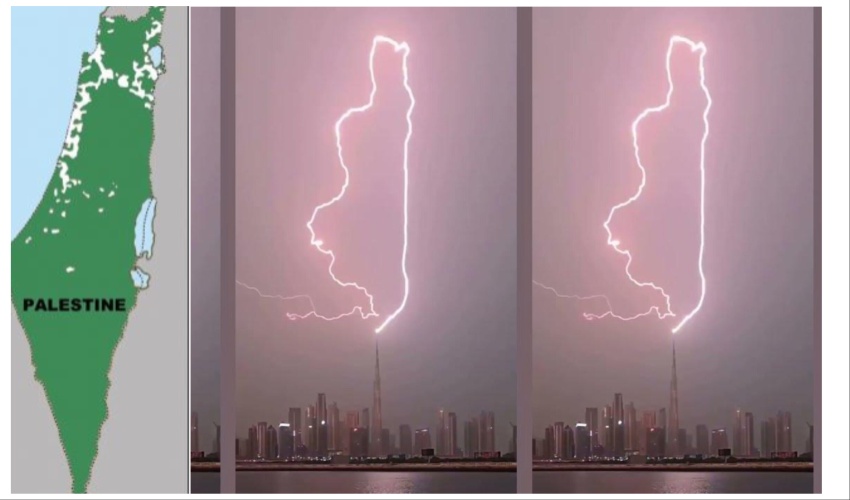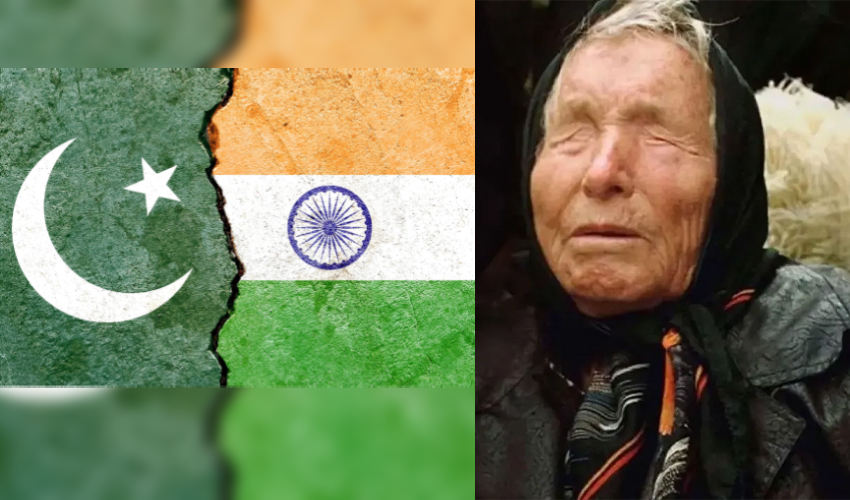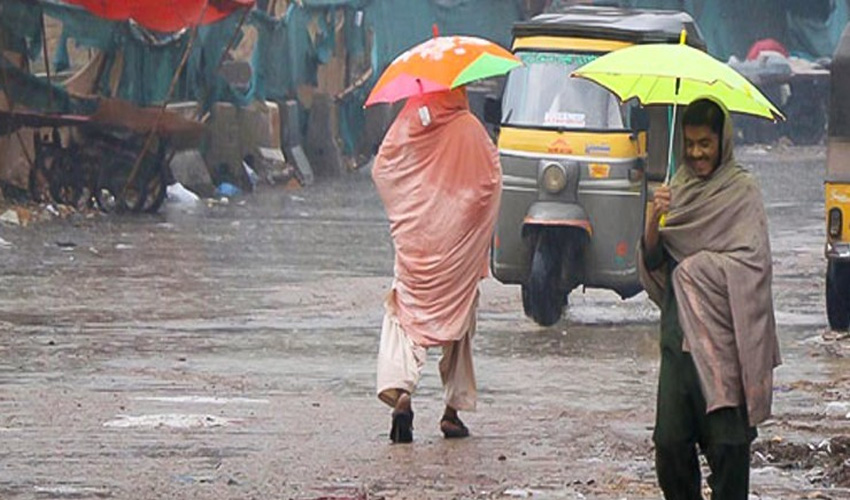Amidst the awe-inspiring spectacle of a lightning strike illuminating the Burj Khalifa in Dubai, a striking resemblance to the map of Palestine has ignited fervent debate.
The footage, originally captured by Dubai-based photographer Zohaib Anjum, has garnered nearly 12 million views, sparking a fervent response on social media platforms.
Many viewers have drawn parallels between the path of the lightning strike and the map of Palestine, leading to interpretations by some as a potential divine sign urging intervention in the conflict.
While the emotional resonance is palpable, experts caution against attributing religious significance to the natural phenomenon, emphasizing the unpredictability of lightning's path.
View this post on Instagram
The plight of Palestinians in Gaza has been a focal point of discussion, with outrage over reported civilian casualties fueling calls for Arab leaders to take a stronger stance against the violence. Mansoor Ahmed, an activist in the Chenab Valley, highlighted the symbolism of the lightning strike, stating, "If a lightning strike can shake the Burj Khalifa, surely the plight of the Palestinians can move the hearts of our leaders."
Despite the authenticity of the video remaining unverified, its impact on social media has been profound, resonating deeply with many Muslims who see the struggle of Palestinians as a shared cause. The Burj Khalifa, a symbol of Arab ambition and progress, now serves as a stark reminder of the ongoing quest for peace in the region amidst escalating tensions.
As the Israeli-Palestinian conflict enters a particularly tumultuous phase, the lightning strike on the world's tallest building serves as a poignant reminder of the interconnectedness between natural phenomena and human affairs. While the scientific explanation behind the event may be clear, its symbolic significance underscores the depth of emotions surrounding the conflict, igniting discussions on faith, solidarity, and the pursuit of peace.


























